You’ve analyzed the benefits of a SaaS model to your business. Your interest is piqued.
What can you expect as you migrate from a traditional application mindset to SaaS?
What if you are a greenfield and start directly with a SaaS business model?
Before we talk about what your SaaS journey will look like, let’s first analyze where you’re coming from.
Which of these profiles best matches your business?
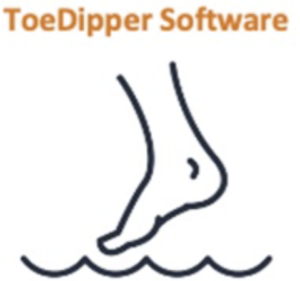
ToeDipper Software
Are you a big, conservatively minded company with a legacy, lucrative application? Do you have captive customers?
Are you hindered by technology that is aging or nearing its end of life?
You might be inclined to dip your toes into SaaS water.
SurvivorTech
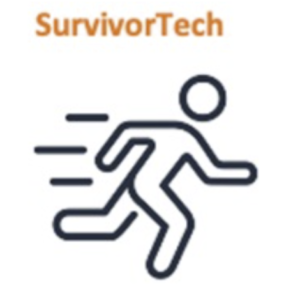 Is your existing product losing market share to the competition? Are you losing agility, cost-efficiency, or price war?
Is your existing product losing market share to the competition? Are you losing agility, cost-efficiency, or price war?
You may be in survival mode.
UnicornExpress.com
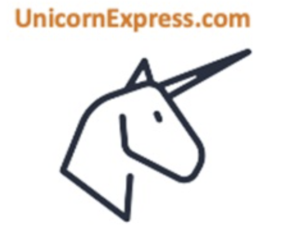
Are you building your solution from scratch without the baggage of a legacy environment? Are you starting with SaaS?
You’re one of those magical unicorns!
New Horizons Software
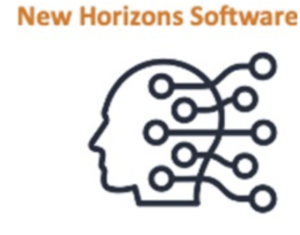 Do you need to explore new market segments? Find new ways to address them with something not in your current offering?
Do you need to explore new market segments? Find new ways to address them with something not in your current offering?
You are a pioneer of new horizons!
Understanding your general profile will guide you through the process of adopting a new SaaS model of business and technology.
The 4 Basic Steps Of Your SaaS Journey
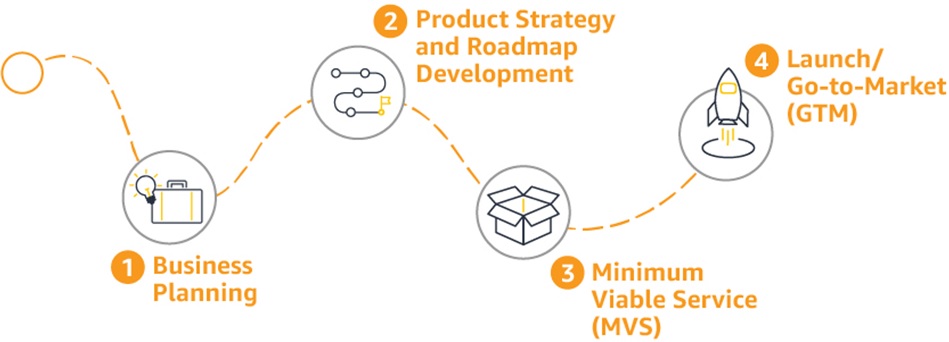
1) Business Planning
The type of SaaS adopter you are will largely influence your strategy here, but the concepts are the same.
• What is the SaaS opportunity?
• How can I get to market?
• When will I become profitable?
• What kind of staffing will I need to support my business?
• Do I have the staff?
• How will I transform sales and marketing with my new product?
• How will I operate?
The answer here will chart the course for your next phases.
2) Product Strategy and Roadmap
Ask yourself:
• What are your user stories and persona?
• What should the customer onboarding experience be like?
• Do we have customer data we can use to make better-informed decisions?
• What are security and agility goals?
• How do we get from the current state to the future SaaS platform?
• Are we starting with a legacy system?
• How will we move customers?
• How will we train them and operationalize the rollout?
• What technology decisions need to be made?
• What is the definition of our Minimally Viable Service?
• What is our technology architecture?
• Do we need to migrate data? Modernize our architecture?
• Do we need to do any proof-of-concept work?
3) Minimally Viable Service (MVS)
You may already understand this phase as a Minimally Viable Product (MVP) or Proof of Concept (POC). The slight difference here is that we are developing a functional software as a service to your customers, rather than trying a traditional application or less complete proof of concept, where the software is held together by proverbial duct tape.
What you are looking for in this phase of the product is a complete demonstration of the major functional points, built out to near-production level standards. Naturally, you’ll learn and adapt as you move to the Go-to-Market phase, but you want a solid product here that proves all your functionality and agility.
• Does your service function? Is it ready?
• Who are good early adopters?
• Do we need to iterate on some complex problems to solve them properly?
We’ve proven the technology, let’s move on to the next phase.
4) Go-To-Market
• How will we operate new customer acquisitions?
• What are the key customer retention and expansion objectives?
• What compensation incentives and sales motions work best?
• What are the customer success criteria?
• How will we launch?
• What is the communication strategy?
There is much more than the basic questions above to consider as you embark on your SaaS journey. Make sure you aren’t doing it alone! Planning, preparation, and thinking things through – properly – the first time – set you on a long-term path to success.
AND, the type of SaaS adopter you are will influence your approach!
WHAT ELSE IS THERE TO KNOW ABOUT MY SAAS JOURNEY?
You’re probably what else there is to know about the SaaS Journey Framework, right? Take a moment and check out the whitepaper linked below to learn more about building a new SaaS solution on AWS.
